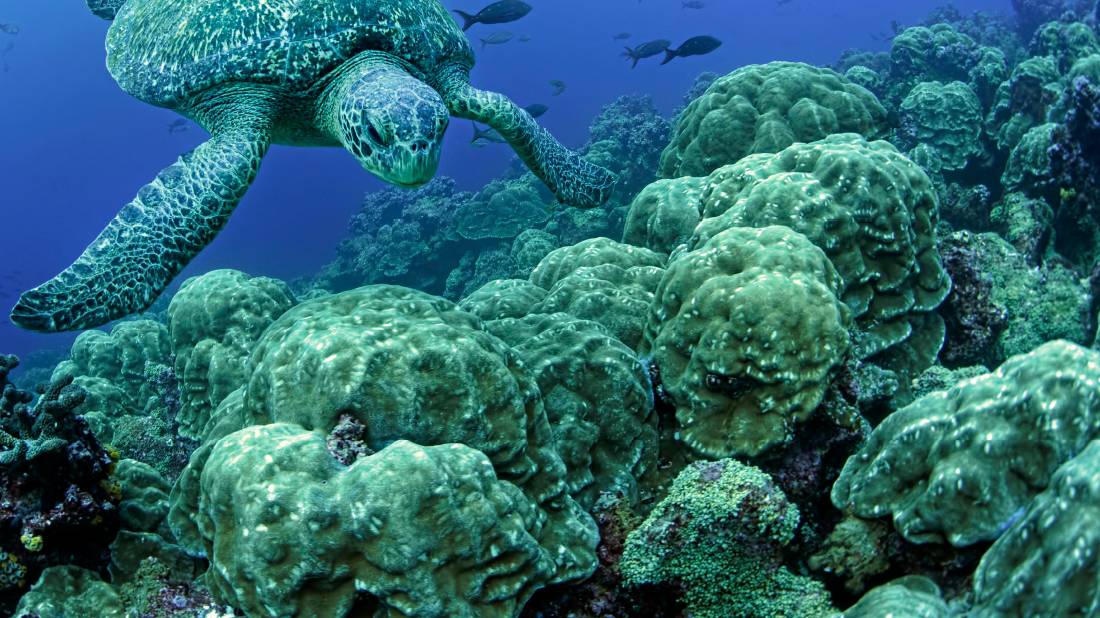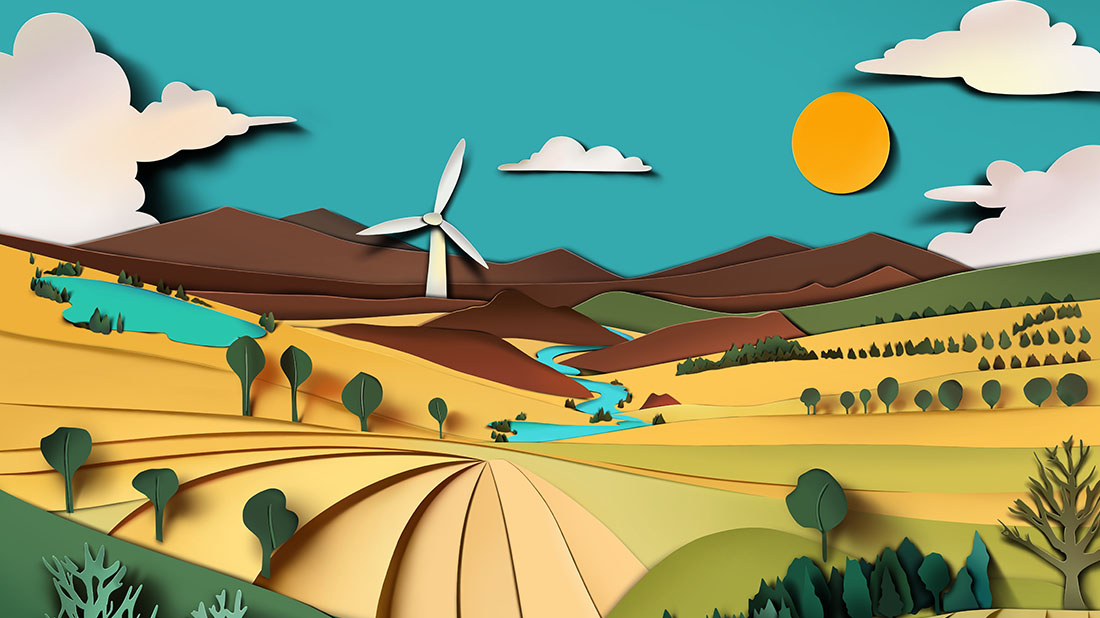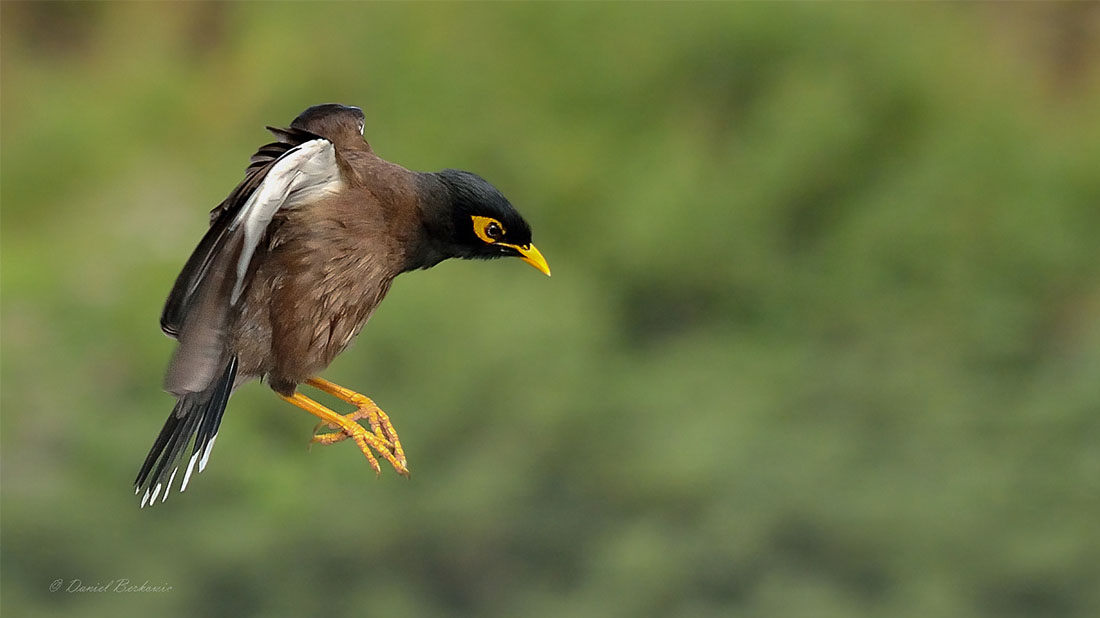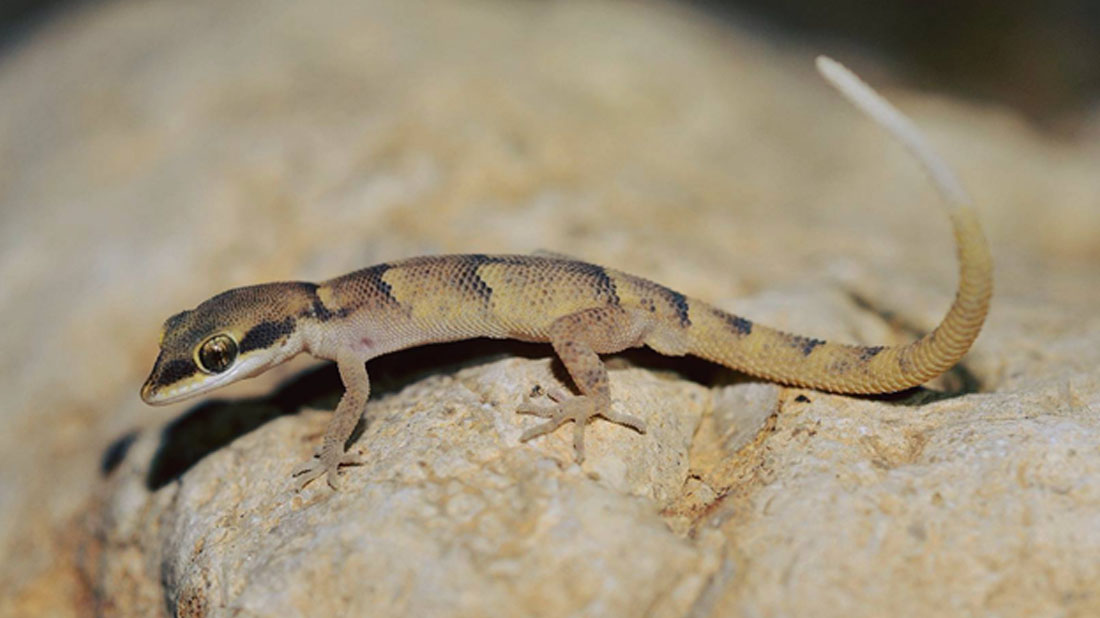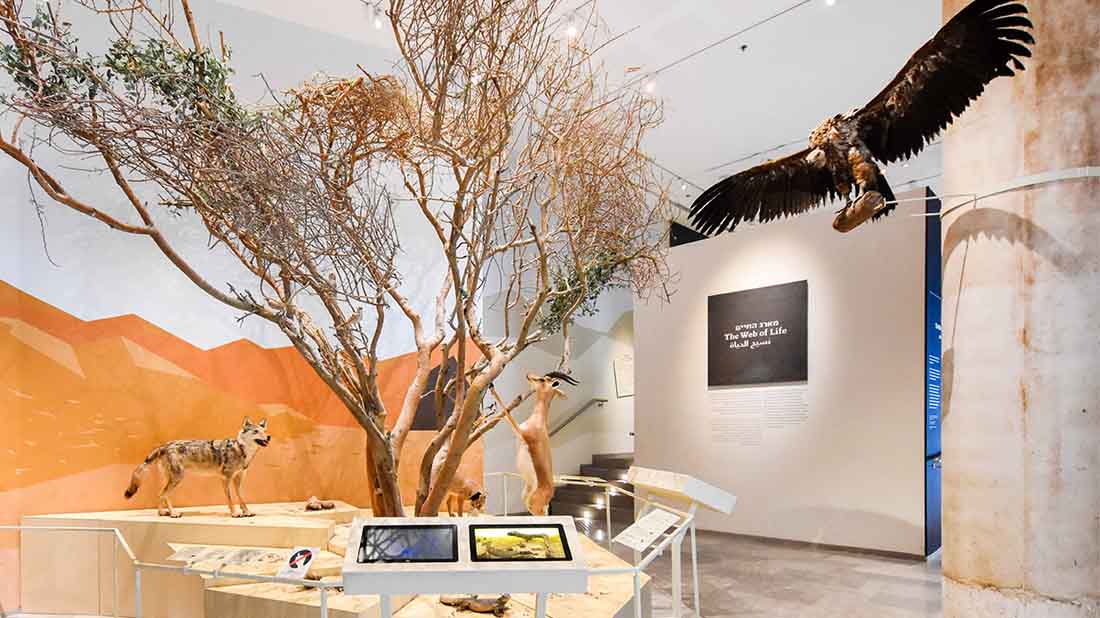Wildlife on the Galapagos Islands, the Natural Treasures of Ecuador
The Galapagos Islands are a group of volcanic islands in the Pacific Ocean, near the Equator. They belong to the Republic of Ecuador; however, they are located nearly 1,000 km from its coast and are strongly influenced by the marine environment. This archipelago (group of islands) comprises seven main islands, 12 smaller islands and 70 islets and rocks, some of them flooded at high tide.
The Galapagos Islands host a unique ecosystem, including a very large number of endemic species (that do not exist elsewhere), as well as unique phenomena such as island gigantism – a biological phenomenon in which the animals on an isolated island are noticeably larger than their continental relatives. The word ‘galapago’ means ‘tortoise’ in Spanish; the islands are named after the giant tortoises that live on some of them. It is likely that due to the absence of predators on the islands, the animals of the Galapagos are not afraid of humans.
The Galapagos Islands rose to fame due to the work of Charles Darwin, who, during his visit to the islands in 1835, left his mark on the archipelago and on science in general. Darwin was impressed by the diversity of species found on the islands and the differences among them, and he was particularly taken by the giant tortoises and the marine iguanas. When he returned to England, he was amazed to discover that mockingbirds and finches (songbirds), which represent the great variation among the species found on the Galapagos Islands, are closely related to each other and to birds in South America. His observations on the islands provided much inspiration during the period that he developed his theory of evolution by natural selection, as presented in his book On the Origin of Species By Means of Natural Selection: he understood that the finches originated from a small, uniform group that reached the islands from nearby South America, and that the differences among the birds living on the different islands stem from evolutionary adaptations to the unique conditions on each and every island.
Work by Darwin and other researchers has turned the Galapagos Islands into a major focus of evolutionary research and inspired nature researchers from the mid-19th century until today. In 1978, UNESCO declared the islands a world heritage site, and the islands and their environment are considered one of Ecuador’s national parks. Ecuador’s government had the foresight to preserve the islands and ensure that no harm will come to their wildlife and ecosystems; today the Galapagos Islands attract researchers and wildlife enthusiasts from all over the world.
Most of the islands are not settled, and the entire population of the islands stands at only 25,000 people. Nevertheless, in recent years, the wildlife and ecosystems have been exposed to increasing harm due to the increasing numbers of invasive species (mammals, birds, insects and more) reaching the islands, as well as a marked increase in the number of tourists (from 2009 to 2016 the number of tourists to the islands increased by 90%) and an increase in the number of residents (6.4% per year) due to population growth and immigration.
Today, the Galapagos is one of the best preserved archipelagos in the world, comprising a national park and a marine reserve. In 1978 UNESCO declared the Galapagos Islands a world heritage site. This year marks the 60th anniversary of the establishment of the Galapagos National Park and the Charles Darwin Foundation, whose joint efforts have contributed to its protection.
As the Galapagos is considered a ‘social-ecological’ system that aims to promote a balance between natural and social systems, the Ecuadorian Government has implemented strict public policies to ensure the conservation of natural areas and the environmental recovery of the islands, as well as setting the objective for the Galapagos to become a Sustainable Development Goal territory by 2030.
Successful management of issues such as climate change, extractive technologies, invasive species, poaching, and more recently, the struggle against plastics and ocean waste, requires widespread international support. In an attempt to engage the international community in this effort, the Embassy of Ecuador proposes the establishment of a branch of Friends of Galapagos in Israel.


